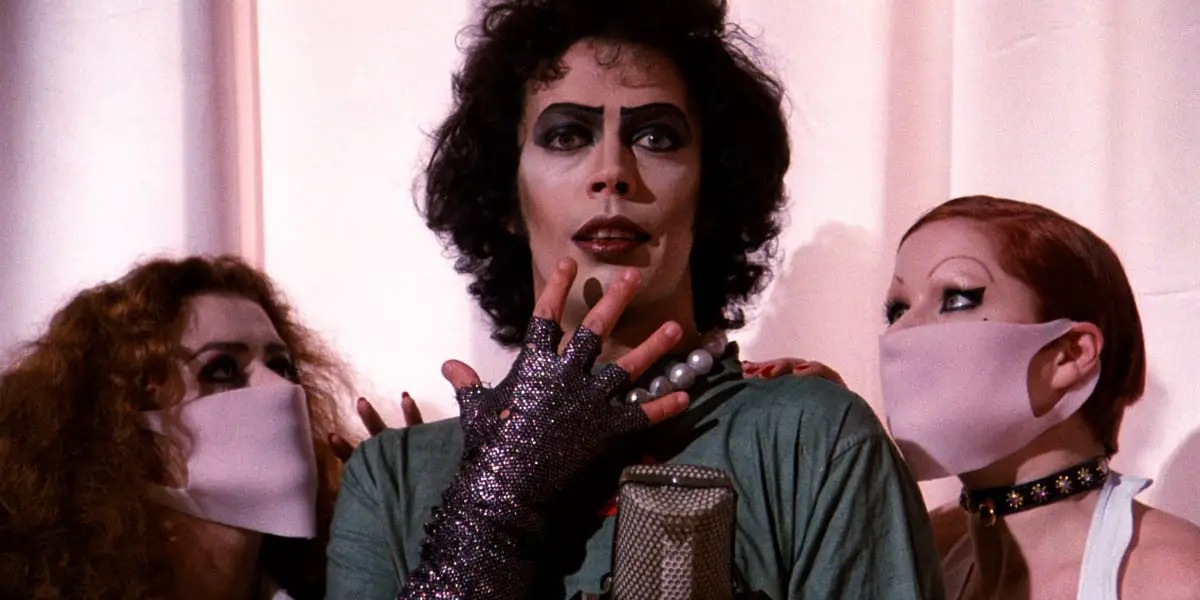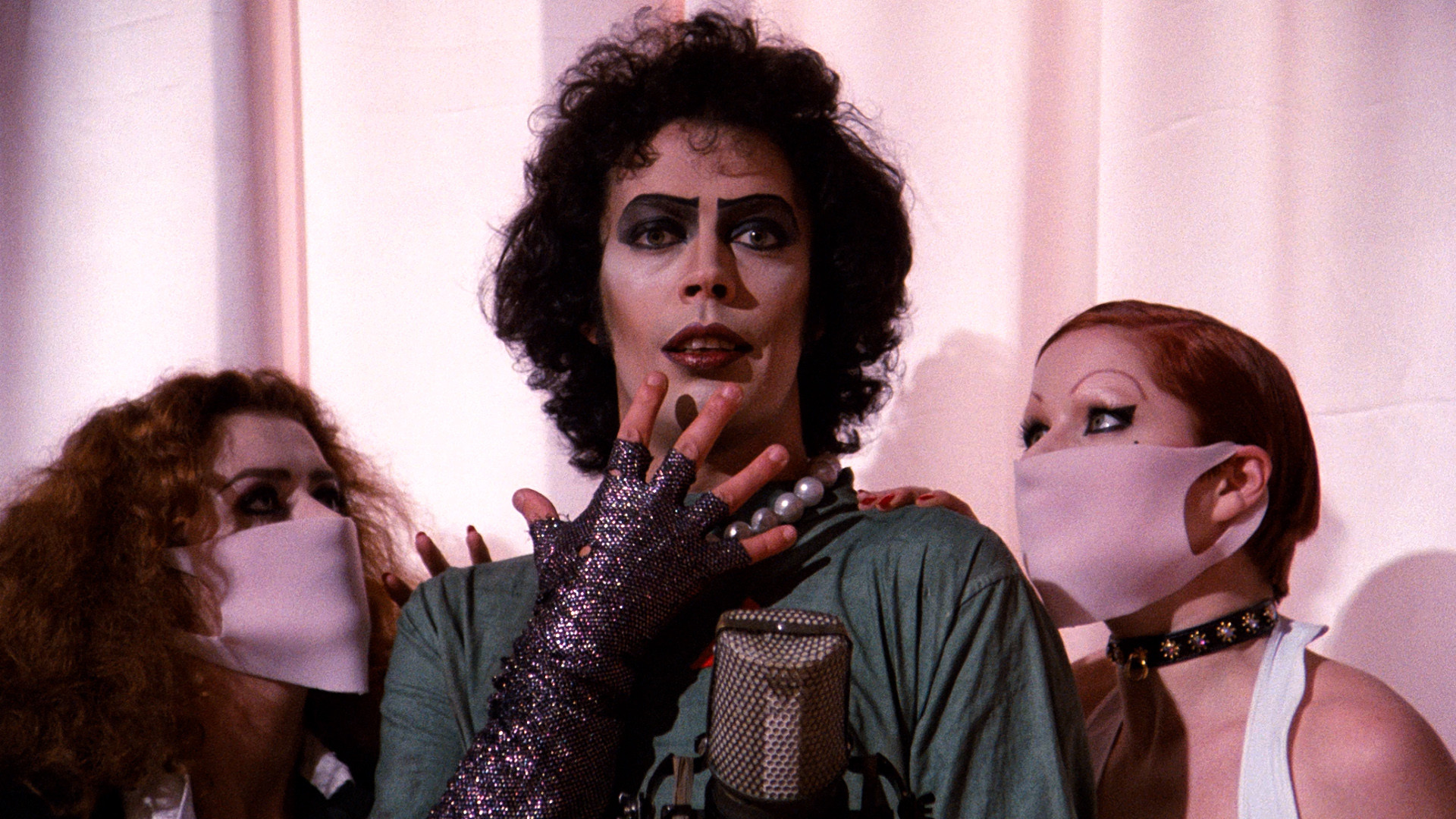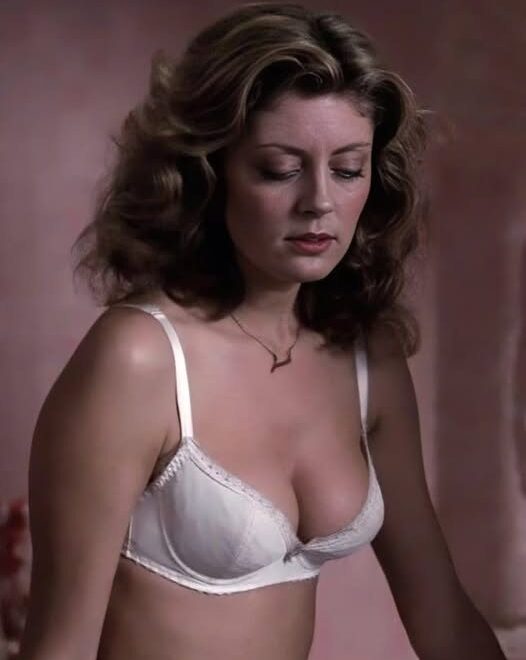HT10. Wild bloopers and secrets from The Rocky Horror Picture Show

The Rocky Horror Picture Show (1975) remains one of the most iconic cult films in cinematic history. Blending science fiction, musical theatre, and rock ‘n’ roll, it gained a devoted fanbase through midnight screenings and audience participation. From the unforgettable performance by Tim Curry to production challenges and unexpected celebrity fans, here are thoroughly researched and fascinating insights into the making of this legendary film.
Tim Curry’s Iconic Role and Theatrical Origins
Tim Curry’s portrayal of Dr. Frank-N-Furter, the flamboyant alien scientist, is inseparable from the film’s identity. His involvement with The Rocky Horror Show began in 1973, when he originated the role in the stage production written by Richard O’Brien and directed by Jim Sharman. The musical’s London run achieved over 2,900 performances, and Curry’s commanding performance was central to its success .
When the film adaptation began, Curry was the natural choice to reprise the role. His theatrical experience and dynamic stage presence ensured continuity and helped translate the eccentric energy of the stage play to the screen.

Tim Curry’s Transition and Media Hesitance
Although the film brought Curry global fame, he initially distanced himself from the role due to the overwhelming fan attention. According to a 1998 interview with VH1, Curry admitted he intentionally changed his appearance after the film’s release to avoid constant recognition. Over time, however, he embraced the film’s cultural legacy, later calling it a “rite of passage” for teenagers discovering identity and self-expression .
The Demanding Film Set Experience
Filming began in October 1974 and took place primarily at Bray Studios and Oakley Court, a historic country estate near Windsor, England. Cast members have since described the filming conditions as cold and challenging. Barry Bostwick, who played Brad Majors, recalled the damp interiors and the lack of proper facilities .
Susan Sarandon, cast as Janet Weiss, developed pneumonia during production. Despite concerns about her health, she continued filming. Director Richard O’Brien confirmed her condition in retrospective interviews and praised her dedication to the role .

Meat Loaf’s Musical Precision
Singer and actor Meat Loaf played Eddie, the rebellious biker. One of the more challenging numbers in the film, “Hot Patootie – Bless My Soul,” featured a rapid tempo. Richard O’Brien reportedly expressed doubts that Meat Loaf could perform it without error, as previous stage performers had struggled. However, Meat Loaf succeeded in delivering the song in one take, showcasing his professionalism and vocal control .
Improvised Set Moments and On-Set Injuries
Some of the film’s memorable moments were unplanned. For instance, Dr. Everett V. Scott’s dramatic entrance through a wall was due to the set design lacking a second door. Rather than delay production, the crew decided to crash the wheelchair through the wall, which remained in the final cut .
During the dinner scene, Barry Bostwick accidentally slammed his hand onto Sarandon’s during a heated moment. Sarandon’s reaction of pain was genuine. Later, during the Floor Show sequence, she accidentally stepped on Bostwick’s foot in high heels — both takes were kept in the final version .

Susan Sarandon’s Audition and Reluctance
Sarandon did not initially plan to audition for the film. She visited the set to see Tim Curry and was asked by the production team to try out for the role. Though she expressed hesitation due to her limited singing experience, she performed “Happy Birthday” for the producers, which ultimately secured her the part .
Despite the film’s success, Sarandon has expressed disappointment that the original cast never received royalties from the film’s continued home video distribution. In interviews, she has mentioned this as a reason for her occasional reluctance to discuss the film at length .
Costumes and Visual Continuity
The film is known for its elaborate and sometimes inconsistent wardrobe. For example, during the song “Over at the Frankenstein Place,” Sarandon’s character holds a newspaper over her head, which had been coated in plastic to withstand water exposure during multiple takes. The prop’s corner, however, remained uncoated to preserve realism, resulting in a curious dry patch that observant viewers may notice .
Additional visual inconsistencies include Janet’s sweater changing color between scenes and a switch in her shoe color from black to white, likely due to continuity errors during the rushed filming schedule.

Princess Diana’s Unexpected Praise
In a 2005 interview on NPR’s Fresh Air, Tim Curry recounted a surprising moment involving Princess Diana. After a London theatre performance of Love for Love, Curry met both Princess Diana and then-Prince Charles. Diana reportedly told him, with a mischievous smile, that The Rocky Horror Picture Show had “quite completed [her] education” — a comment Curry found both humorous and flattering .
A Mistaken Identity at a Screening
Tim Curry once attended a New York screening of the film in disguise, curious about the audience interaction. According to his interview with Entertainment Weekly, staff did not believe he was the real Tim Curry and labeled him a prankster. Though the misunderstanding was later cleared up, Curry chose not to return. The incident highlights the extent of the film’s fan-driven culture and the often surreal experiences of its cast members .

Legacy and Cultural Impact
The Rocky Horror Picture Show holds the record as the longest-running theatrical release in film history, with regular midnight screenings still held worldwide. The film has been preserved in the United States National Film Registry by the Library of Congress for being “culturally, historically, or aesthetically significant” .
The movie has served as a space for self-expression, especially for LGBTQ+ audiences. Although the themes were considered controversial at the time of its release, many scholars and cultural critics now view the film as a groundbreaking moment in cinematic representation and performance art .
Conclusion
From Tim Curry’s unforgettable debut to Susan Sarandon’s perseverance through health challenges, the legacy of The Rocky Horror Picture Show is grounded in dedication, creative spontaneity, and audience connection. Every frame of the film reflects a mix of daring artistic choices and cultural commentary that continues to resonate decades later. Whether you’re watching it for the first time or as part of an annual tradition, the behind-the-scenes truths add depth to this iconic cinematic experience.

